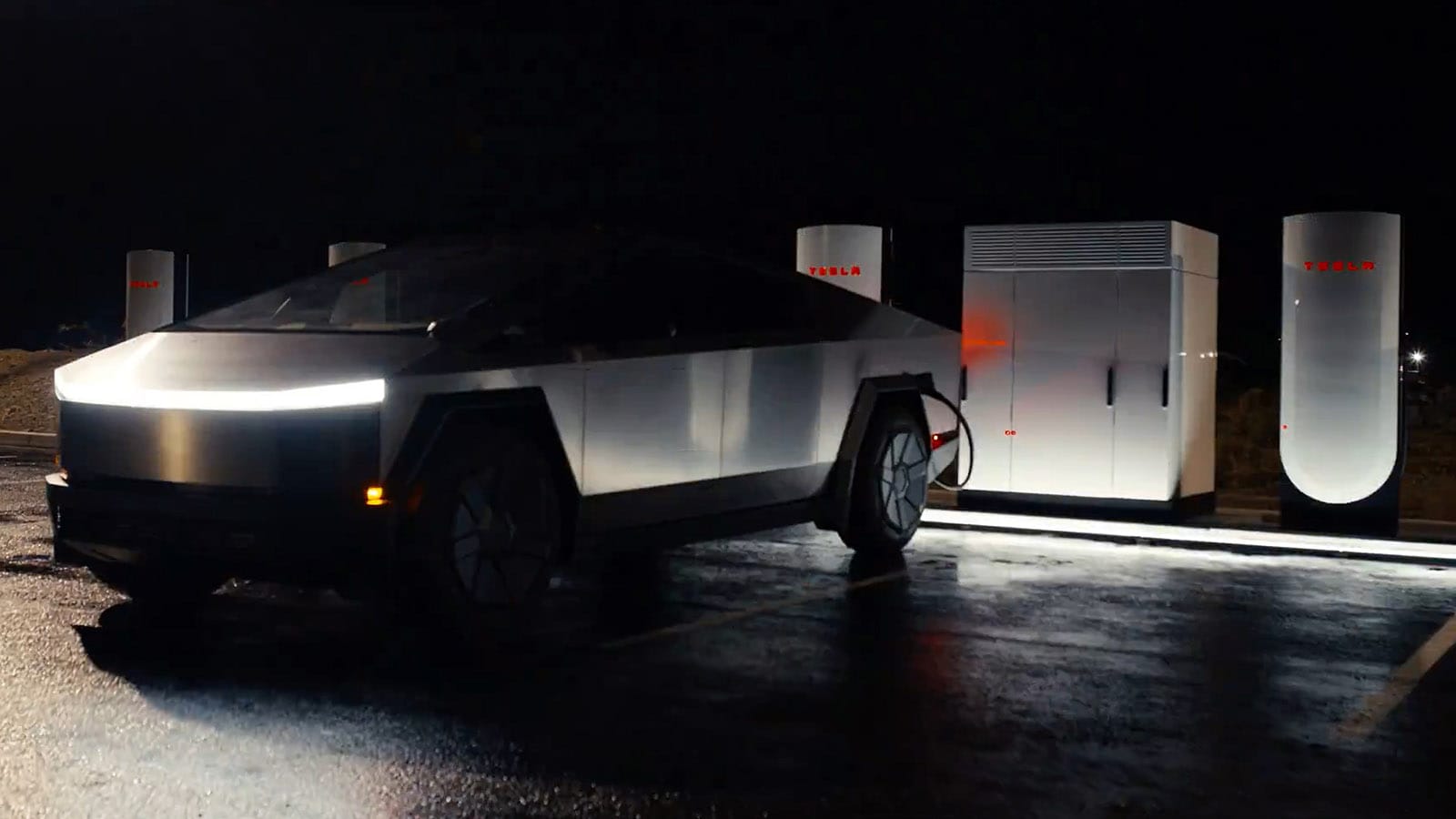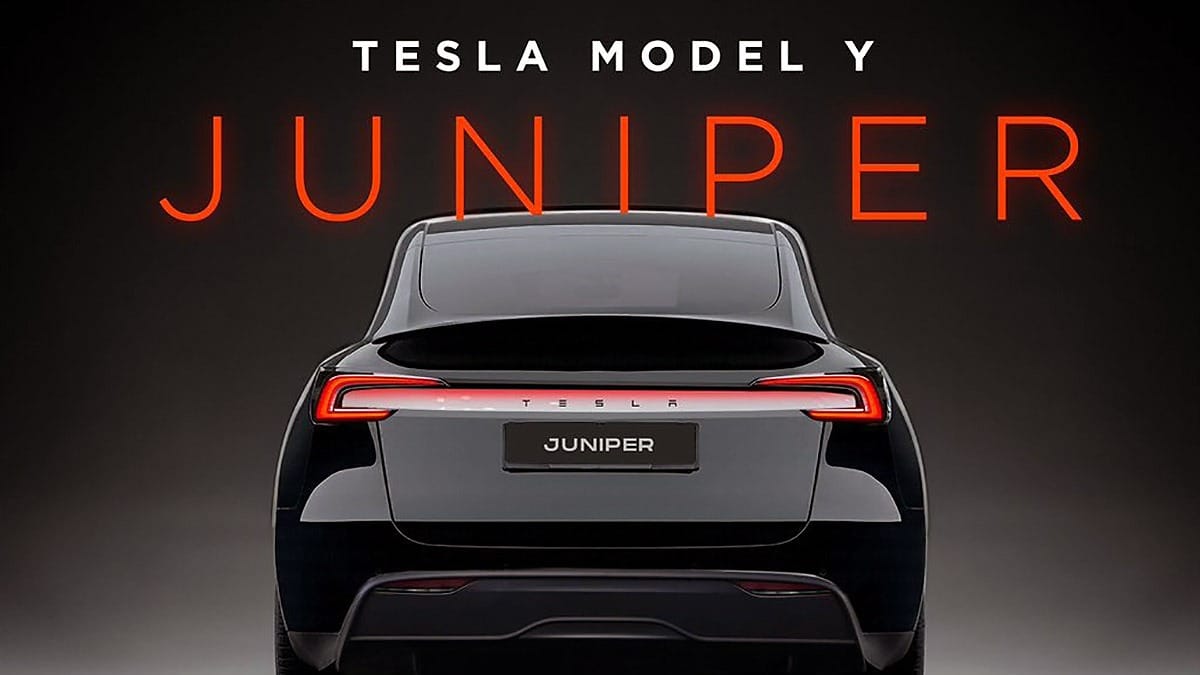Tesla is set to introduce its speedy V4 power supply cabinets to the taller Supercharger stations it has been setting up since last spring.
New Charging Capabilities
With the V4 cabinets currently awaiting regulatory approvals, they are expected to arrive at charging locations next quarter. These updated Superchargers will have a maximum output of 500 kW per post. This means that owners of the Cybertruck, which features an 800V system, will see a 30% increase in charging speed compared to the current setup. This aligns with Tesla’s goal of allowing the pickup to recharge in under 20 minutes. The upcoming Model Y Juniper refresh, the second vehicle to feature an 800V powertrain, will benefit similarly.
Impact on Current Models
However, existing Model 3 and Model Y drivers won’t see much change, as these vehicles still utilize Tesla’s older 400V platform. When the Model Y Juniper facelift launches next quarter, it might coincide with the introduction of the first V4 cabinets, enabling the vehicle to gain over 250 miles of range in about 15 minutes.
Tesla’s new V4 Supercharger cabinets aren’t just more powerful; they also have several notable improvements regarding costs and installation speed. Each cabinet now supports eight Supercharger posts instead of four, eliminating the need for a DC bus between them. This results in requiring fewer power cabinets at each Supercharger station, which means quicker and cheaper setups and improved uptime for the chargers.
Innovative Design Features
Tesla emphasizes that the new 500 kW cabinets are crafted with the latest and most dependable electronics, boasting three times the power density of the existing 250 kW V3 cabinets in the same space. Nevertheless, having fewer cabinets per station does come with some challenges. Max de Zegher from Tesla noted that while the V4 cabinets can provide up to 1.2 MW of power, typically only a fraction of that is needed to “deliver maximum power to cars 99% of the time.” The power would be shared across eight posts, resulting in a peak charging rate of about 125 kW per stall.
In peak situations when all posts are occupied, charging would still be significantly quicker than the current options.
Competing with Other Brands
It’s worth mentioning that Tesla has now matched the offerings from Chinese brands like Nio and Xpeng, who have been rolling out fast chargers capable of up to 800 kW for some time, primarily because many of their EVs operate on an 800V architecture.
The next step for Tesla is to launch more 800V vehicles, with the Cybertruck and the forthcoming Model Y Juniper refresh poised to make a substantial impact in that area.
Source: Link





